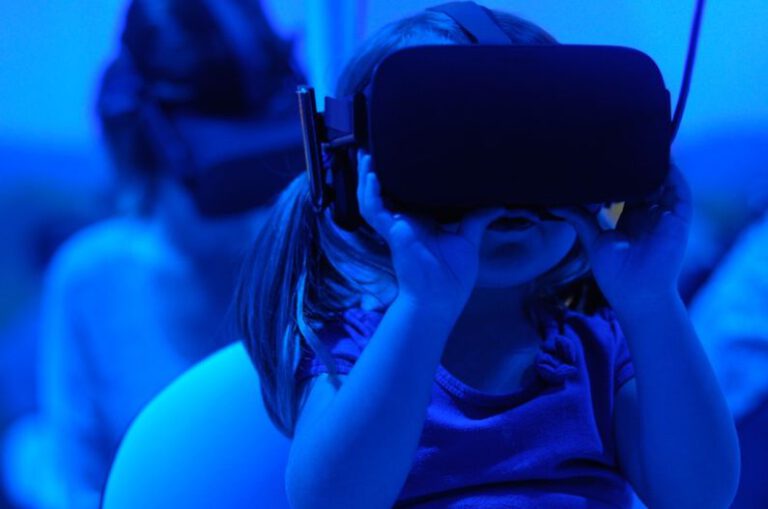The Evolution of Virtual Reality: from Gaming to Daily Life
Virtual reality (VR) technology has come a long way since its inception, evolving from a niche gaming accessory to a revolutionary tool integrated into various aspects of daily life. The journey of VR has been marked by significant advancements in both hardware and software, making it more accessible and immersive than ever before. From entertainment and education to healthcare and beyond, VR has transcended its initial purpose and is now poised to reshape how we experience the world around us.
The Rise of Virtual Reality in Gaming
Virtual reality first gained widespread attention in the gaming industry, offering players an unprecedented level of immersion and interactivity. Early VR headsets like the Oculus Rift and HTC Vive provided gamers with a new way to experience their favorite titles, placing them at the center of the action in a virtual world. The ability to look around and interact with the environment in a natural way transformed gaming into a truly immersive experience, blurring the lines between reality and the digital realm.
As advancements in VR technology continued, gaming companies began to explore new possibilities for virtual reality beyond traditional gaming experiences. Virtual reality arcades and theme parks emerged, offering consumers the chance to try out the latest VR games and experiences in a social setting. These immersive entertainment venues allowed people to step into virtual worlds with friends and family, creating memorable and shared experiences that went beyond the confines of a living room.
Virtual Reality in Education and Training
Beyond entertainment, virtual reality has found a place in education and training, revolutionizing how we learn and develop new skills. Virtual reality simulations have been used to train professionals in various fields, from healthcare and aviation to military and manufacturing. By immersing learners in realistic scenarios, VR technology enables them to practice and refine their skills in a safe and controlled environment, reducing the risk and cost associated with traditional training methods.
In the field of education, virtual reality has the potential to transform the way students learn by providing interactive and engaging experiences that cater to individual learning styles. From exploring ancient civilizations in history class to dissecting virtual organisms in biology, VR technology offers a hands-on approach to learning that can enhance retention and understanding of complex concepts. Virtual field trips and immersive storytelling experiences also allow students to explore new worlds and perspectives, fostering creativity and critical thinking skills.
Virtual Reality in Healthcare and Therapy
Virtual reality has also made significant strides in the healthcare industry, offering innovative solutions for patient care, therapy, and medical training. VR technology is being used to treat a wide range of physical and mental health conditions, from chronic pain and PTSD to phobias and anxiety disorders. By immersing patients in virtual environments that simulate real-world scenarios, healthcare providers can deliver personalized and effective treatments that improve outcomes and quality of life.
In addition to patient care, virtual reality is being used to train medical professionals in surgical procedures, patient care protocols, and emergency response scenarios. Medical students can practice complex surgeries in a simulated environment, honing their skills and building confidence before entering the operating room. Virtual reality has also been instrumental in telemedicine, allowing doctors to remotely diagnose and treat patients in rural or underserved areas, expanding access to healthcare services.
The Future of Virtual Reality in Daily Life
As virtual reality technology continues to advance, its integration into daily life is becoming more prevalent across various industries and applications. From virtual meetings and remote workspaces to virtual travel experiences and social interactions, VR has the potential to redefine how we connect with others and experience the world around us. With the rise of augmented reality (AR) and mixed reality (MR) technologies, the boundaries between the physical and digital worlds are becoming increasingly blurred, opening up new possibilities for how we interact with our environment.
In conclusion, the evolution of virtual reality from a gaming accessory to an essential tool in daily life is a testament to the transformative power of technology. As VR technology continues to improve and become more accessible, its impact on entertainment, education, healthcare, and beyond will only continue to grow. With endless possibilities for innovation and creativity, virtual reality is poised to shape the future of how we experience and interact with the world around us.






